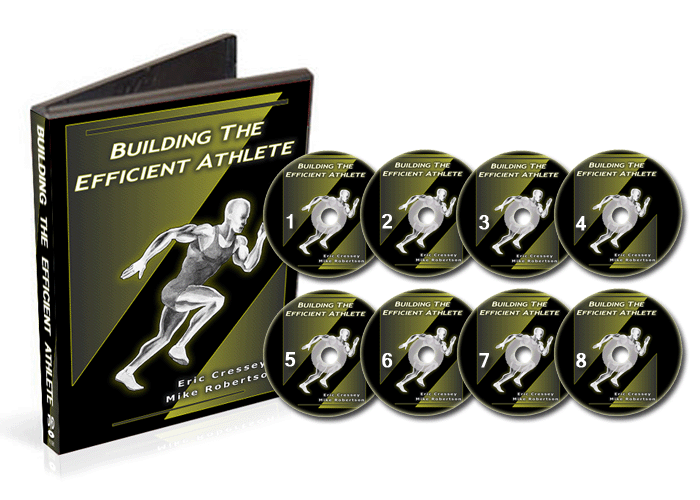Over the past couple weeks at Endeavor, we’ve had a bunch of new and prospective athletes come through our doors. When I teach new people our warm-up, the words “mobility” or “mobilization” come up repeatedly.
Mobility is a term frequently used to describe one of two things:
- The ability for a bone to move (e.g. roll, glide, spin, slide, etc.) within a joint
- Global range of motion around that joint
It’s important to understand that mobility around a joint is dependent upon several factors:
- The anatomy of the joint itself (e.g. bone shape/contact, cartilage support, etc.)
- Supporting ligaments (size, strength, direction of pull, integrity, etc.)
- The extensibility of the muscles surrounding the joint
Of these, most people think of improving range of motion around a joint as simply improving the extensibility of the muscles around it. Many times, this can be an effective strategy, but sometimes it’s not that straight forward. Mike Boyle first introduced this concept to me within the context of ankle mobility.
He correctly pointed out that if someone lacks dorsiflexion range of motion (knee going forward over the toes) it may have nothing to do with tight calves. Instead, it may be that your talocrural joint (tibia and fibula on top, talus below) isn’t gliding the way it should be. As a result, your dorsiflexion ROM will be limited and you may even feel sensations of impingement in the front of your ankle. Bill Hartman does a great job of discussing this issue specifically in these two videos:
Self-Ankle Mobilization 1
Self-Ankle Mobilization 2
Improving range of motion isn’t always a simple fix. Like all things in performance, you need to get down to the cause of the limitation, not just guess your way around the symptoms.
To your success,
Kevin Neeld



 Wow.
Wow.
 Use CODE: "Neeld15" to save 15%
Use CODE: "Neeld15" to save 15%